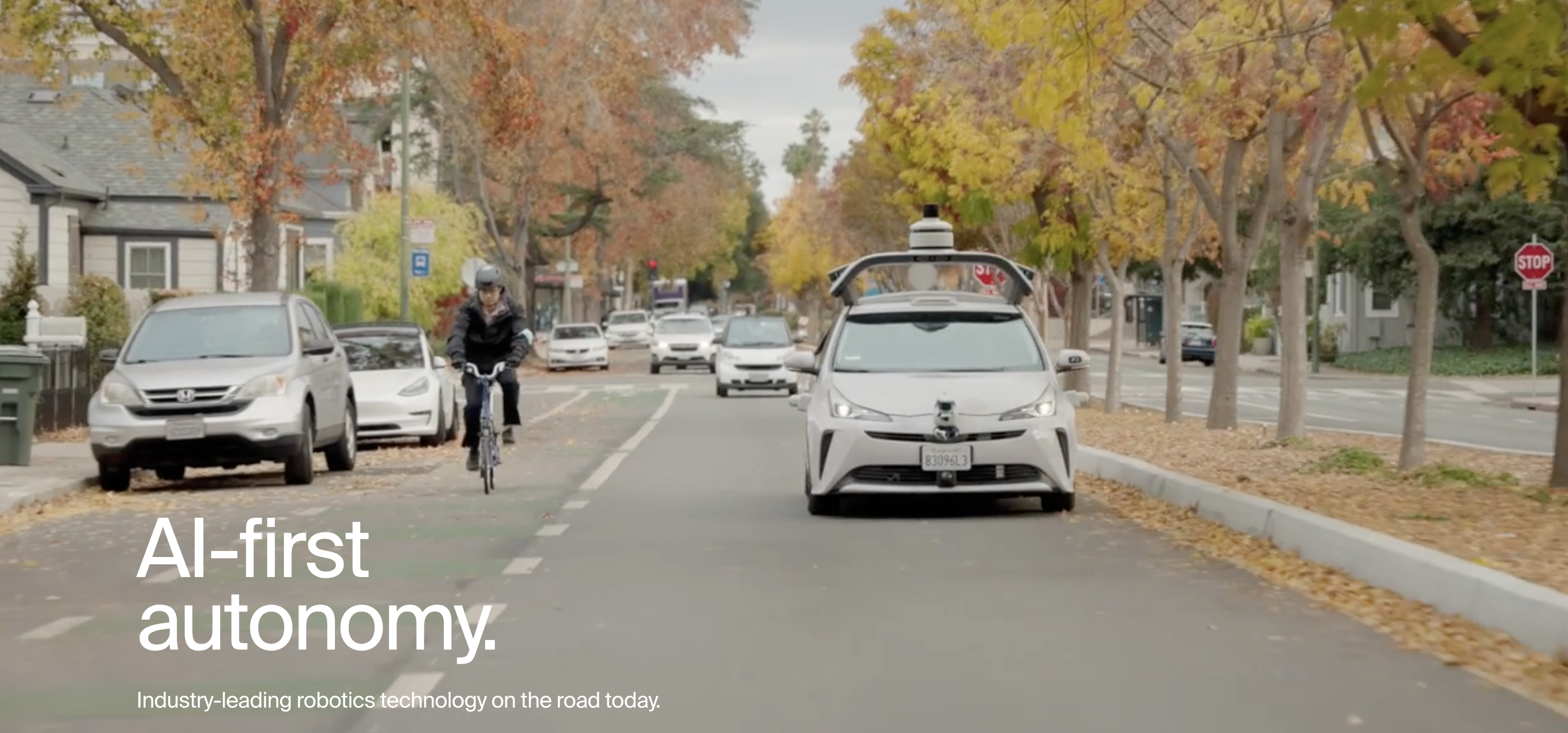Sign up for daily news updates from CleanTechnica on email. Or follow us on Google News!
When the EU Commission proposed new CO2 targets for trucks and buses early this year, reactions landed as expected. Truckmakers seemed pretty satisfied with the law, which will require them to reduce the climate emissions from their new sales by 90% until 2040 and which exempts 20% of heavy-duty vehicle sales from the regulation.
Environmental groups including T&E have criticised the weak intermediate CO2 targets such as the modest 45% reduction in 2030, given that manufacturers already aim for more than 60% of their truck sales to be electric or hydrogen by the end of this decade.
And then there was the oil and gas industry, which cried foul at the Commission’s decision to not introduce a so-called “carbon correction factor” for alternative fuels in the CO2 regulation, a loophole opposed by most truckmakers. There are many reasons why including fuels in the CO2 regulation would be a very bad idea.
One of them is ultimately down to economics. Trucks are heavily used capital goods that run for more than a million kilometres over their lifetime. This means that energy and fuel costs dominate the total cost of ownership (TCO). Directly electrifying trucks requires less than a third of green electricity than running combustion trucks on e-fuels would. Using e-fuels would increase the TCO by as much as 50%, even when assuming that those e-fuels would be produced more cheaply in North Africa and imported to Europe. Anyone who claims that hauliers with the tightest of margins need alternative fuels to stay competitive is pulling the wool over the eyes of truck operators who would have to foot the expensive bill.
Also, as the regulation only applies to vehicle manufacturers, they have no way of guaranteeing how a truck or bus will be refuelled once it enters the fleet. E-fuels would also not reduce air pollutant emissions in any meaningful way.
And crucially, the availability of e-fuels and advanced biofuels will remain limited. EU lawmakers have shown they understand the urgency of prioritising these scarce fuels for the aviation, shipping, and industry sectors — which have no other options to decarbonise — when they recently agreed on the revision of the Renewable Energy Directive (RED). T&E analysis estimates that the mandates under the ReFuelEU Aviation and FuelEU Maritime legislation will deliver just enough renewable fuels of non-biological origin (RFNBOs) to meet the 1% binding target under the RED — something even the e-fuels lobby agrees with.
The fuels lobby’s proposed introduction of a carbon correction factor into the CO2 standards would not incentivise additional alternative fuels coming to market. Instead, it would simply double count and credit fuels which are already incentivised and mandated under the RED. This accounting trick would effectively lower the CO2 targets for manufacturers which would have to sell fewer zero-emission trucks to comply with the regulation.
The ICCT has analysed what impact the CCF would have: Truckmakers would have to sell 0.3 million fewer zero-emission vehicles until 2030, and 1.3 million fewer until 2050. This would reduce emissions savings by 200 megatons of CO2 until 2050, while the volume of alternative fuels used by heavy-duty vehicles would remain unchanged. The ICCT estimates that such a drastic policy intervention would be the equivalent of lowering the proposed targets by 8 percentage points, meaning the 2030 target would become 37%, the 2035 target 57%, and the 2040 target 82%.
The strategy of the fuels lobby is clear. The CCF is not about higher climate ambition or incentivising alternative fuels. Instead, it is a sneaky attempt to ensure as many fossil-powered trucks and buses as possible enter the fleet over the coming decades to keep up demand for fossil fuels.
The European truck industry is in the starting blocks to ramp up zero-emission technology. What it now needs is investment certainty and regulatory clarity, not technological ambiguity. A slow transition risks up to a tenth of the EU truck market being lost to foreign OEMs over the next decade, according to a report by Boston Consulting Group. Let’s not repeat the slow electric transition we had with cars and vans which is starting to result in foreign rivals gaining market share in Europe. Instead, let’s make the EU’s transition to zero-emission truck manufacturing a success from the start.
Courtesy of Transport & Environment. By Fedor Unterlohner, Manager, Freight
Featured image by Mercedes-Benz.
Have a tip for CleanTechnica? Want to advertise? Want to suggest a guest for our CleanTech Talk podcast? Contact us here.
EV Obsession Daily!
I don’t like paywalls. You don’t like paywalls. Who likes paywalls? Here at CleanTechnica, we implemented a limited paywall for a while, but it always felt wrong — and it was always tough to decide what we should put behind there. In theory, your most exclusive and best content goes behind a paywall. But then fewer people read it!! So, we’ve decided to completely nix paywalls here at CleanTechnica. But…
Thank you!
Tesla Sales in 2023, 2024, and 2030
CleanTechnica uses affiliate links. See our policy here.





